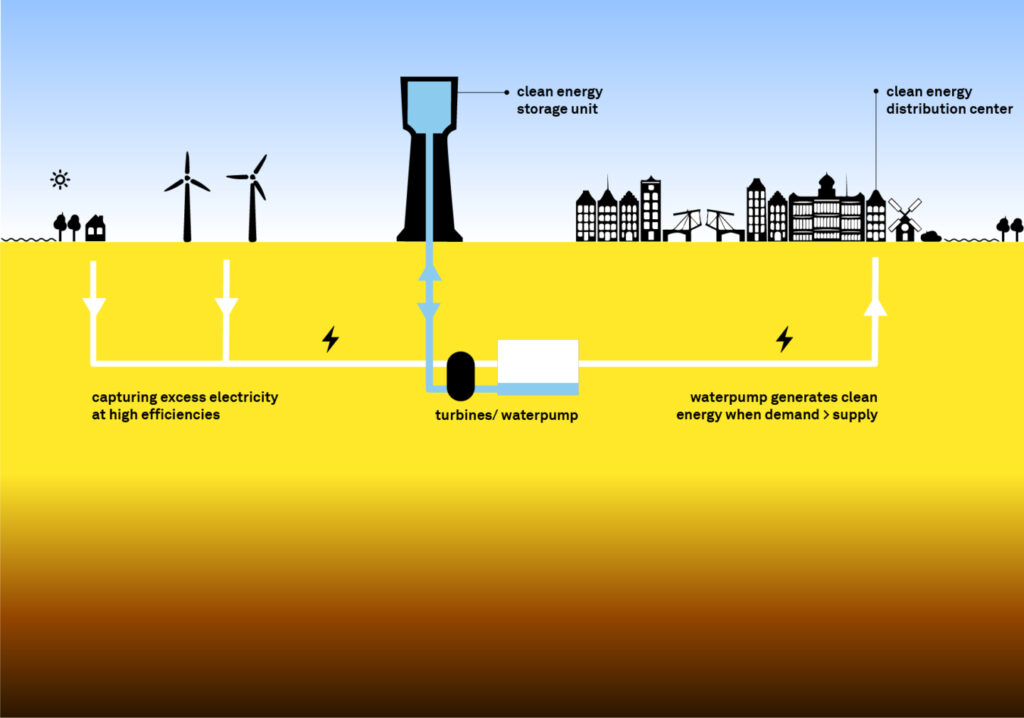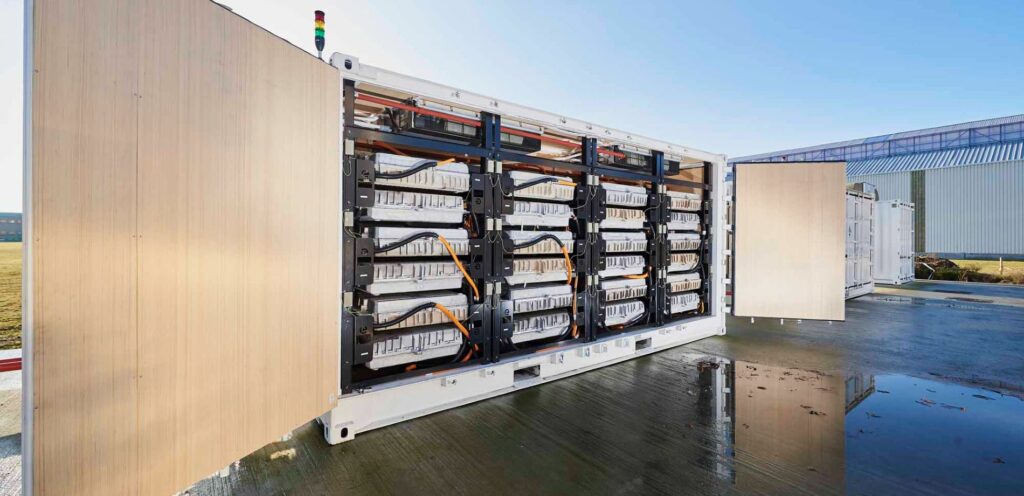According to a Massachusetts Institute of Technology (MIT) study, the cost and availability limits of the main materials currently used in battery manufacturing have set a floor on the costs of Lithium-ion batteries and may restrict their deployment in the future, inspiring a shift toward chemistries that use more abundant elements in the earth.
“Fossil-fuel power plant operators have traditionally responded to electricity demand, at a moment’s notice, by adjusting the supply of electricity coming into the grid,” Robert Armstrong, Director of the MIT Energy Initiative and Chair of the study “The Future of Energy Storage,” said in a statement.
Armstrong added that the study has found that energy storage can help renewable-dominated power systems balance electricity supply and demand while maintaining reliability in a cost-effective manner, and in turn can support the electrification of many end-use activities beyond the electricity sector.
According to the study, Lithium-ion batteries will continue to be a leading technology for electric vehicles and short-duration storage, but the costs of their storage capacity are unlikely to fall sufficiently to enable their widespread adoption in long-duration, or 12+ hour, electric system applications.

The cost, lifetime, and manufacturing scale requirements for long-duration energy storage favor the exploration of novel electrochemical technologies, such as redox flow batteries and metal-air batteries, that use inexpensive charge storage materials and battery designs more suitable for long-duration applications.
You may also be interested in > Wood Mackenzie: Recycling can alleviate raw material supply for electric vehicles
New Pathways
According to the study, one possible near-term thermal energy storage approach is based on reducing the cost of converting heat to electrical energy, which is the main component of the overall thermal energy system cost, by reusing existing power plant steam turbines and adding thermal storage and new steam generators in place of existing fossil fuel boilers.
According to the researchers, time-of-use pricing, in which electricity prices increase with scarcity and decrease with abundance, will become increasingly important as zero-cost renewable energy becomes more widespread.
“The distribution of hourly wholesale prices or the marginal value of energy will change in deeply decarbonized bulk power systems, with many more hours of zero or very low prices and more hours of high prices compared to today’s wholesale markets,” the study notes.

The increasing reliance on variable renewable power generation at zero marginal cost “greatly increases the percentage of hours when prices, as represented by marginal system costs in our model, are below $5/MWh,” say the researchers, who add that the effect increases as the carbon constraint becomes tighter, i.e., when allowable emissions are reduced.
According to the study, relatively high capital costs, coupled with more hours when electricity prices are very low, will create financing problems for both renewable power generation and storage, especially since regulators will likely continue to constrain extremely high prices that could otherwise support cost recovery.
As a result, future wholesale electricity pricing patterns and the goal of decarbonizing other sectors through electrification with decarbonized electricity also “reinforces the benefit of adopting retail pricing and retail load management options” that reward consumers for shifting electricity use from times when high wholesale prices signal scarcity to times when low wholesale prices signal abundance, according to the study.
To read the full MIT study, click here.
Written by Antonio Vilela




